
Why Business Design is the Most Important Skill of the Future
The times of pure Design Thinking are over: Certainly, the last years have seen the rise of Design Thinking and similar processes (most lately design sprints) that help entrepreneurs and managers to create more user-centered products and services. They are great tools to spawn desirability in customers. Nevertheless, they often fall short in creating a sustainable business model. Business Design is the remedy to this problem.
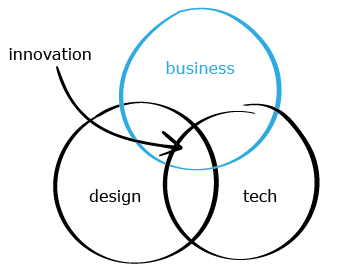
A business idea is not yet a business model
Business Design is on the rise. In the last years a series of influential books has been published with a clear focus on the creation and development of business models. They got special notice in the startup scene and beyond.
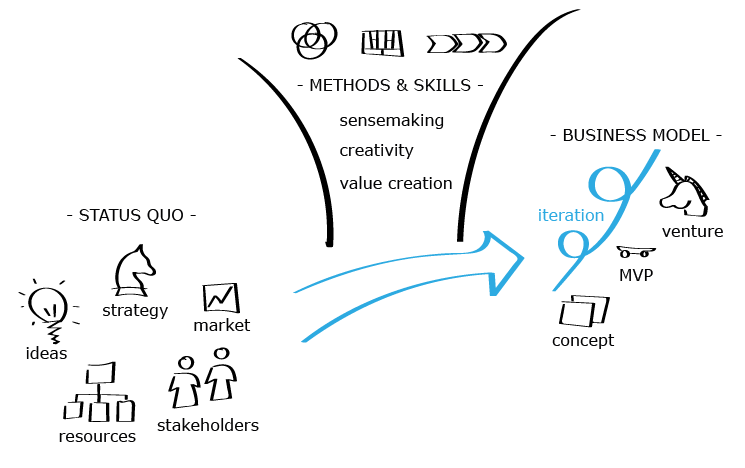
The business model has always been an important part of doing business, but recently the designing of businesses got a new urgency. It is the advance of startups, quickly changing markets, and evolving technological possibilities that make it ever more important to develop innovative business models and rethink traditional ones. These circumstances shorten the time that old business models can stay viable. Today there are technological opportunities that enable lean implementation of business models and make them change too fast for the long cycles of traditional R&D.
Business Design provides the tools and methods to develop and test a business model. At the same time it makes the difference between a service that is just a marketing stunt and one that is a sustainable business.
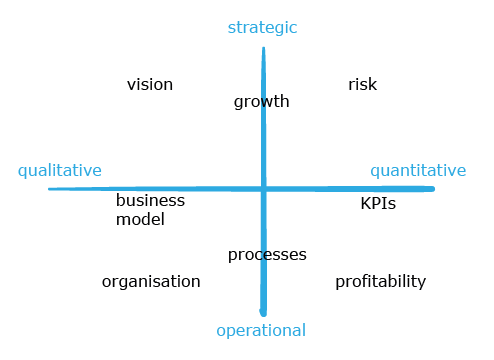
There are the first schools that offer programs in Business Design (e.g. International Design Business Master at Aalto University in Helsinki, Leadership in Digital Communication at Berlin University of Arts) — but by large it is still a developing field and scarcely formalised.
Business Design — four working definitions
Following that openness, I will not give a fixed definition of Business Design but present variations that we use in in our daily work at Service Innovation Labs.
Business Design …
- is the application of design methods and processes on the development and innovation of business models.
- is about value creation and value capturing.
- transforms a value proposition into real business value.
- making sense of new value creation by thinking in relations.
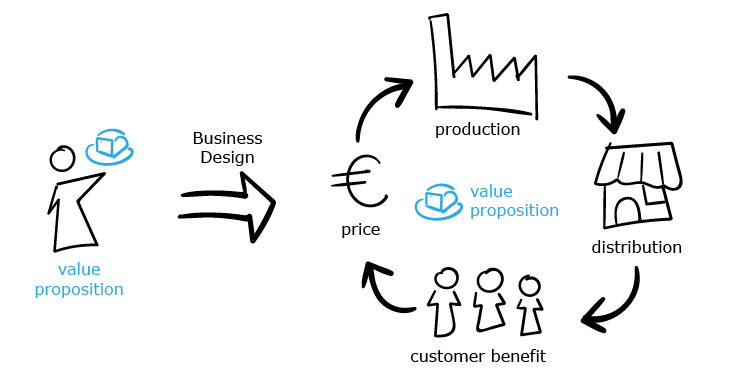
The Business Design process
Business Design is foremost a new systematic approach. It is based on articulating assumptions, testing with prototypes, iteration and fast learning. Usually we follow these three steps:
- Understand the market, its players, constituents and forces; translate cross-industry best practices and articulate assumptions.
- Develop a business model prototype, evaluate it and identify the most critical assumptions.
- Test your model, learn, and iterate.
In our daily work we closely collaborate in teams with service designers and software developers to deeply integrate our business model with the value proposition of our product.
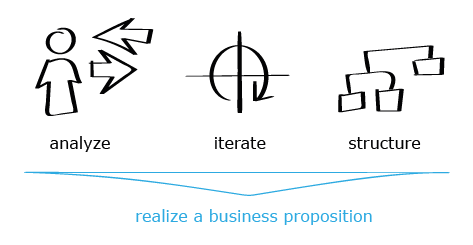
Conclusion
Business Design provides a perspective to entrepreneurs and managers to think creatively about their business model and develop it further. The systematic approach allows to test the viability of new ideas with few resources. In the future this will be the critical competence that decides on success in an accelerating market.
At the same time, Business Design is still a developing field. Join the discussion and tell us in the comments:
What is your (working) defintion of Business Design?
Read the next article in the series >
Further Readings
I collected a list of books that made contributions to the shaping of Business Design. For more book recommendations see my list of Business Design books.
- Business Model Generation, Alexander Osterwalder — Alex Osterwalderpublicized the Business Model Canvas as an easy way to draft and iterate your business model.
- Lean Startup, Eric Ries — Eric Ries introduced the “scientific method” of experimenting, testing and iterating into the startup world.
- The Business Model Navigator, Oliver Gassmann et al. — the book discusses the constituents of a business model and presents an (allegedly exhaustive) list, written by BMI Lab of St. Gallen University.
- Blue Ocean Strategy, W. Chan Kim und Renée Mauborgne — the authors introduce a process to create a service or product in a blue ocean without competition.
Source: https://medium.muz.li/why-business-design-is-the-most-important-skill-of-the-future-b0ed451003c7



